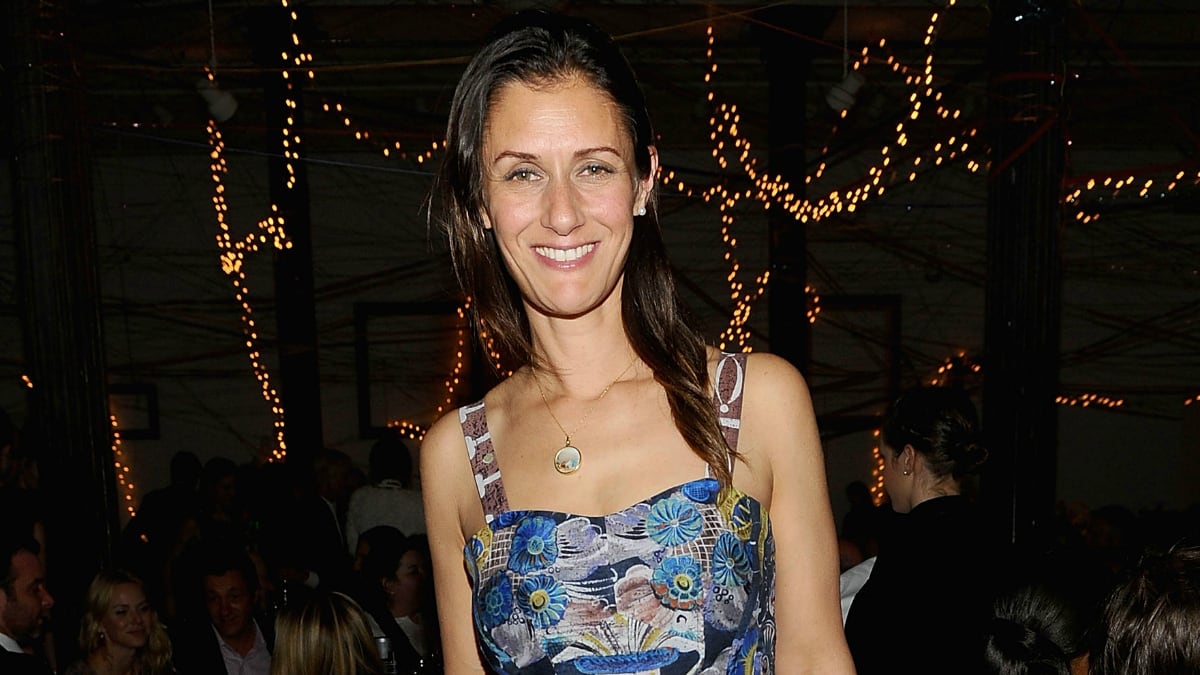
Sally Singer is out at T: The New York Times Style Magazine. After a tumultuous two-year run during which detractors questioned her editorial nose and ability to attract advertisers, she departs the position at the end of the week. A replacement has not yet been named.
The Times’s executive editor, Jill Abramson, broke the news to her staff in a five-sentence memo on Tuesday: “I’m sorry to announce that Sally Singer will be leaving T Magazine and The Times at the end of this month ... Sally’s contributions are clear to anyone who’s read the magazine during her tenure. Gorgeous visuals, interesting stories, and enterprising features—both in print and online—have been hallmarks of her stewardship. We wish her every success.” Abramson said the paper would begin the search for her successor immediately. Horacio Silva, who was T’s online director until last year, is rumored to be among the names being considered for the job.
Singer replaced Stefano Tonchi in 2010, who left to take over the helm of W. She had formerly been a fashion news/features director at Vogue, where she worked for 11 years, and before that had been fashion director at New York magazine and worked at Elle and British Vogue. Shortly after her appointment, the Times threw a high-profile dinner in her honor at The Spotted Pig, a chic downtown restaurant, to which Singer wore a plum-colored dress and posed with Maggie Gyllenhaal and Peter Sarsgaard. Anna Wintour also showed up, along with designers Donna Karan, Jason Wu, and Prabal Gurung. Another party was held during Milan Fashion Week later that month, which was attended by several potential advertisers. It was an unquestionably splashy start.
But from the beginning, Singer’s mission was clear: it was out with the old, in with the new. When she inherited the magazine, it was her goal to make it a natural extension of the front page. She made it a hip and “downtown” publication, featuring photographs from Terry Richardson of Lana Del Rey, a stark departure from Tonchi’s more commercial version of the magazine.
But during her time at T, Singer faced a fair amount of heat. Five of her first 17 covers were black-and-white—and the ad sales team wasn’t happy about it. WSJ., The Wall Street Journal’s glossy magazine helmed by Deborah Needleman, was becoming a real competitor. People said Singer was directing the magazine away from the highly profitable enterprise that Tonchi had formed. By February of this year, the word was out: T was becoming a “source of frustration” both for Abramson and the paper’s ad sales team.
“It’s different from my vision,” Tonchi told WWD in February of Singer’s T. “I like large images, I like white space, I like a certain kind of elegance in the design and the images, and I thought that was the way to make a difference from the rest of the paper, from [the Styles section]. Now, it’s all a little bit like soup. You don’t know exactly if you’re in T, in The New York Times Sunday Magazine, the style pages or the paper.”
Around the office, colleagues said, Singer was alternately quiet, independent, and awkward at a company that was, by one former staffer’s admission, “a tough place to navigate both from a journalistic point of view and an ad standpoint.” That staffer added: “The Times will always look at that magazine as a cash cow, and because it wasn’t a cash cow under her, I think they were getting frustrated.”
When she began at the paper, Singer changed the order of command to report directly to Abramson. A second former staffer described the initial relationship between the female editors as a “girl crush.” That person continued: “But when they promoted Jill [to the role of executive editor], I wondered how long the love affair would last, because at the end of the day you have to go out there and pimp the damn thing.”
Perhaps it was “pimping” that was part of Singer’s problem. As the second former employee put it, Singer’s departure came down to “lack of ads, and lack of willingness to work with the ad department. She spoke a good game but just didn’t deliver.” (A Times representative said that both Abramson and Singer declined to comment.)
Though Singer was widely seen as underperforming in her role, news of her departure came as a shock to many. “I loved what she did, and I am a huge fan,” said Kim Hastreiter, editor of Paper magazine, when reached by phone on Tuesday. “Just last week I was tweeting about how much I loved the fashion issue. I think what she did was generous and diverse. No one does that in the fashion world.”
As the Times launches its search for a replacement, the first question mark hovers over New York Fashion Week, which begins Sept. 6. Who will anchor T’s presence in the lunchroom-style showdown of the front row? And where will Singer end up?
Her editor’s letter from the Fall 2012 fashion issue, which features Emma Watson on the cover, now seems eerily prescient—shedding light, perhaps, on a larger conundrum she faced at T. “More and more, when I sit in the front row or speak to students,” she wrote, “I am asked to comment on the relevance of magazines and editors in the age of live-streamed fashion shows and immediate news from the catwalks. It’s a timely and good question, one that deserves not to be brushed aside.”






